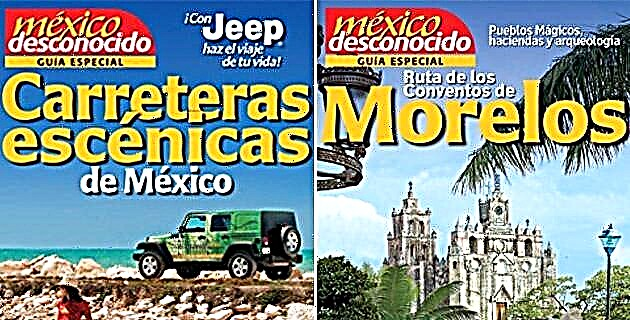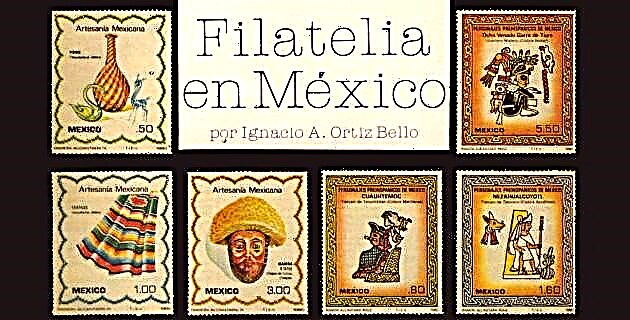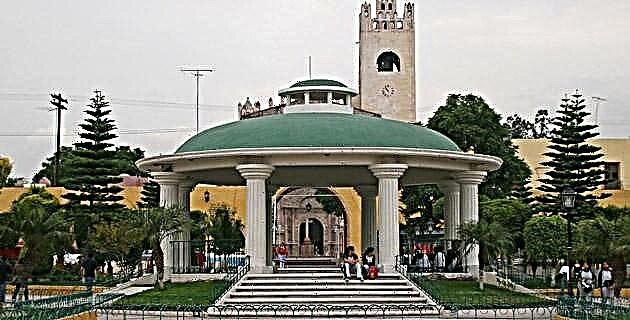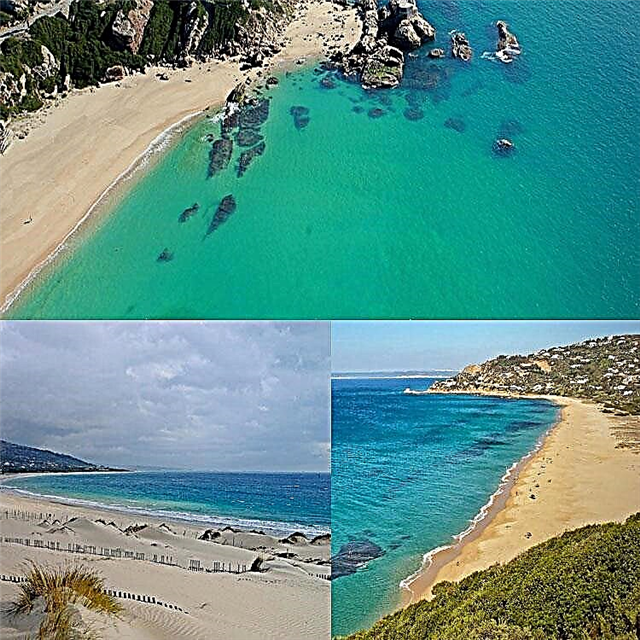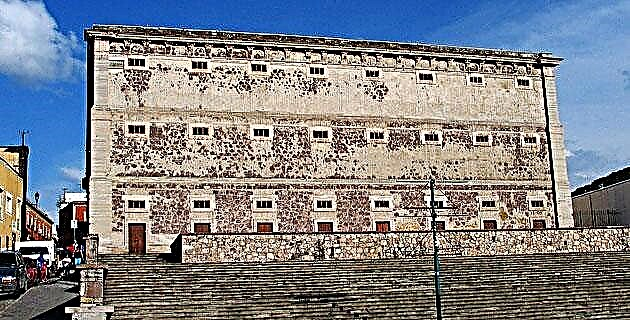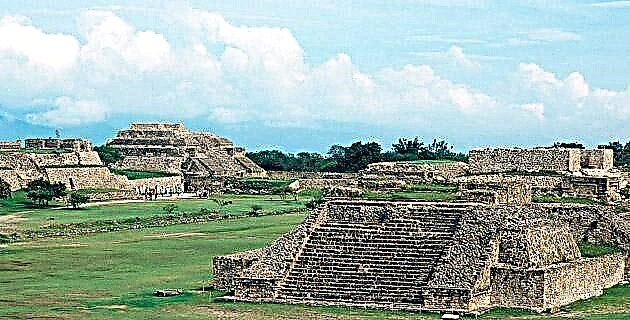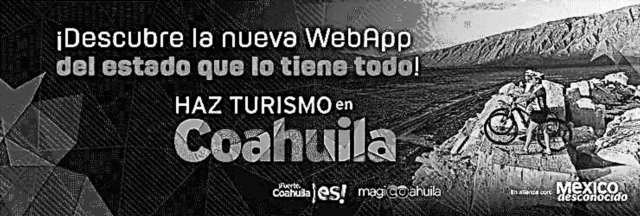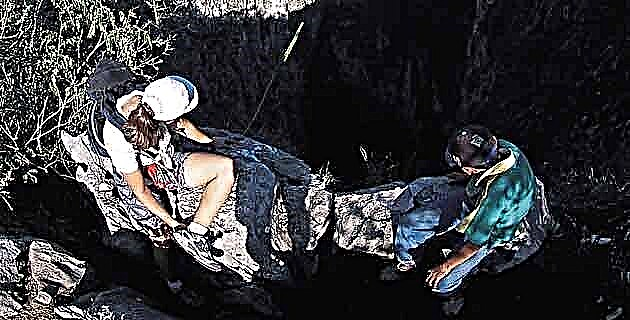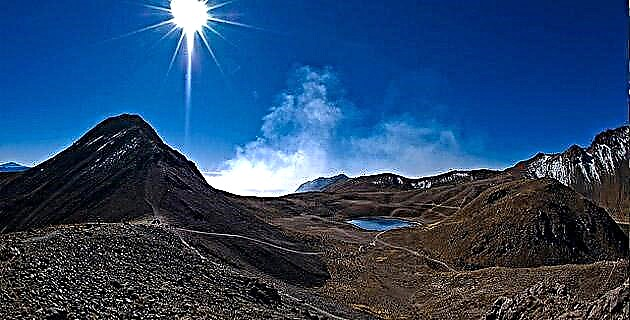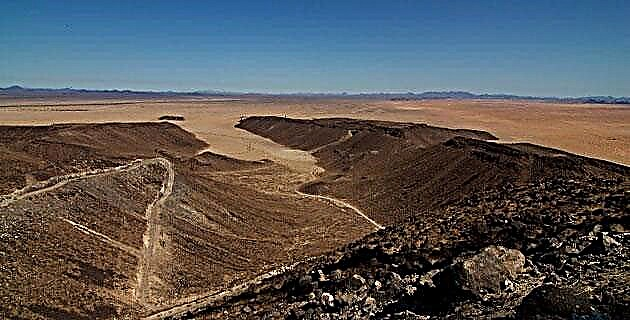
Sonora protects a place that, far from being uninhabited, is one of the richest places in biodiversity: the Pinacate and the Great Altar Desert. Venture to meet him!
Contrary to what many imagine, it is a place with abundant life, where modern man uses the knowledge and practices used for millennia by the indigenous groups that have inhabited the region.
With the first light of the warm dawn, the distant sandy hills take on a beautiful golden hue: they are the impressive dunes at the southern end of the El Pinacate and Gran Desierto de Altar Biosphere Reserve ... our destination in the state of Sonora.
Very early we left Puerto Peñasco, a fishing town preferred by thousands of tourists from the neighboring state of Arizona; the journey is from south to north, and a few kilometers before reaching the entrance of the reserve facilities, to the west, is the access to the dunes. The vehicle in which we are going is high, ideal for traveling this dirt road of just 8 km, which leads to a plain surrounded by dark lava flows; from there you have to walk along a sandy path that brings us closer to our goal.
At the base of the dunes, almost 100 m high, we begin the ascent. As you move forward and look back at the rising sun, its backlit morning rays turn the sand a brilliant white color. At the top the shapes are endless, and the fuzzy lines extend like ribs and loins that intertwine, creating beautiful gold-colored fantasies.
In the distance, to the north, the landscape is formed by the silhouette of the Santa Clara or El Pinacate volcano, with its 1,200 meters above sea level, while to the west the extensive sandy world of the Gran Desierto de Altar continues, and to the south is notice the fine line of the Sea of Cortez.
The deep blue sky reminds us that recently, with the rains, the desert floor, and especially the sand dunes, they obtained the ephemeral beauty of a garden of wild flowers with the tiny mat that lit the landscape purple for a few days .
SEMIDESIERTO OF ALMOST MOON ASPECT
Touring this protected area of 714 556 ha, created on June 10, 1993, is relatively easy, we only have to register with the park rangers at the entrance of the reserve, since it is a large area and it is better to know where the visitors walk. The main access and the reserve's offices are located in the Los Norteños ejido, next to the Sonoyta-Puerto Peñasco highway, at km 52. Nearby is the most notable attraction of the reserve: the volcanic cones and craters , among which are the Elegant, El Tecolote and Cerro Colorado.
To get to know these sites, almost lunar in appearance, it is necessary to travel in a suitable vehicle; We, thanks to the valuable support of the reserve staff, were able to use a four-wheel drive van.
The stony path is surrounded by cardones, saguaros, choyas and mesquite, palo verde, and ironwood shrubs. On the way we see lava flows and dark rocks that take on capricious shapes; in the distance stand out the elevations and truncated cones of extinct volcanoes, such as Cerro Colorado, whose reddish hue is reflected in the lower part of the nearby clouds.
From a geological point of view, this is an impressive area, with its dozens of volcanic craters, strange rock structures and lava remnants that cover large areas. Crossed by several rustic roads, this region of the Sonoran Desert known as El Pinacate, owes its name, according to some, to a tiny beetle with an intense black color that abounds in these lands; but another widely accepted version refers to the similarity of the profile of the Sierra Santa Clara with the mentioned insect.
Perhaps the main attraction here is the El Elegant crater, the most visited of all because vehicles can reach almost to its edge. From the top you can clearly see its 1,600 m in diameter and the 250 m depth of its huge central hollow. To get there it is necessary to travel 25 km of a good rustic road; just 7 km from there is Cerro El Tecolote, and Cerro Colorado less than 10 km. During the journey you can find roadrunners, pigeons, hawks, snakes, hares, coyotes and deer, and even, sometimes, near the mountains, it is possible to see the bighorn sheep and the pronghorn, which have a safe refuge here.
From the high reddish peak of El Tecolote, in the distance you can see green plains that show rocks and elevations of varied shapes and sizes; Nearby, saguaros and spiky cardones resemble sentinels on the slopes of the hills, while the ocotillo raises its rows of red flowers to the sky.
Next to the base of El Tecolote, a tiny valley is ideal for camping and from there walk to an extensive sea of pieces of lava where the saguaro lives, or go up to a rocky promontory to contemplate the sunset that embellishes the sky with red tones and oranges, contrasting with the dark silhouette of the nearby Sierra Santa Clara.
As in the dunes, it is essential to stay within the established routes, because by moving away from them one can lose or affect unique plant species or the archaeological remains of the indigenous Papagos, who for thousands of years have crossed this region in their pilgrimage to the Sea of Cortez and they have left numerous evidences of their passage through the area, such as arrowheads, ceramic remains and paintings on the rocks. For millennia, these groups have adapted to the natural cycles of the desert, and to survive they have taken advantage of the various resources that it offers them, such as the fruit of the saguaro and medicinal plants, yuccas and grasses to make their clothing, just like the scarce bodies of fresh water and the rainwater stored in the rocky jars located along its traditional routes.
The Sonoran Desert, which occupies more than half a state and is shared by Arizona, California and the islands of the Sea of Cortez, is one of the four most important in North America and stands out as the most complex for its biodiversity and impressive geology. It is a young ecosystem that ended up contracting and expanding with the last ice age, some ten thousand years ago, and it is said to be a subtropical desert due to its varied flora, where El Pinacate stands out for its almost 600 registered plant species.
We know that we must learn to live with the desert and not against it, and now we only have to put it to use that does not alter its renewing capacity ... and take care of it ourselves.
El Pinacate and Gran Desierto de AltarGreat Desert of AltarPinacateReserveSonora
